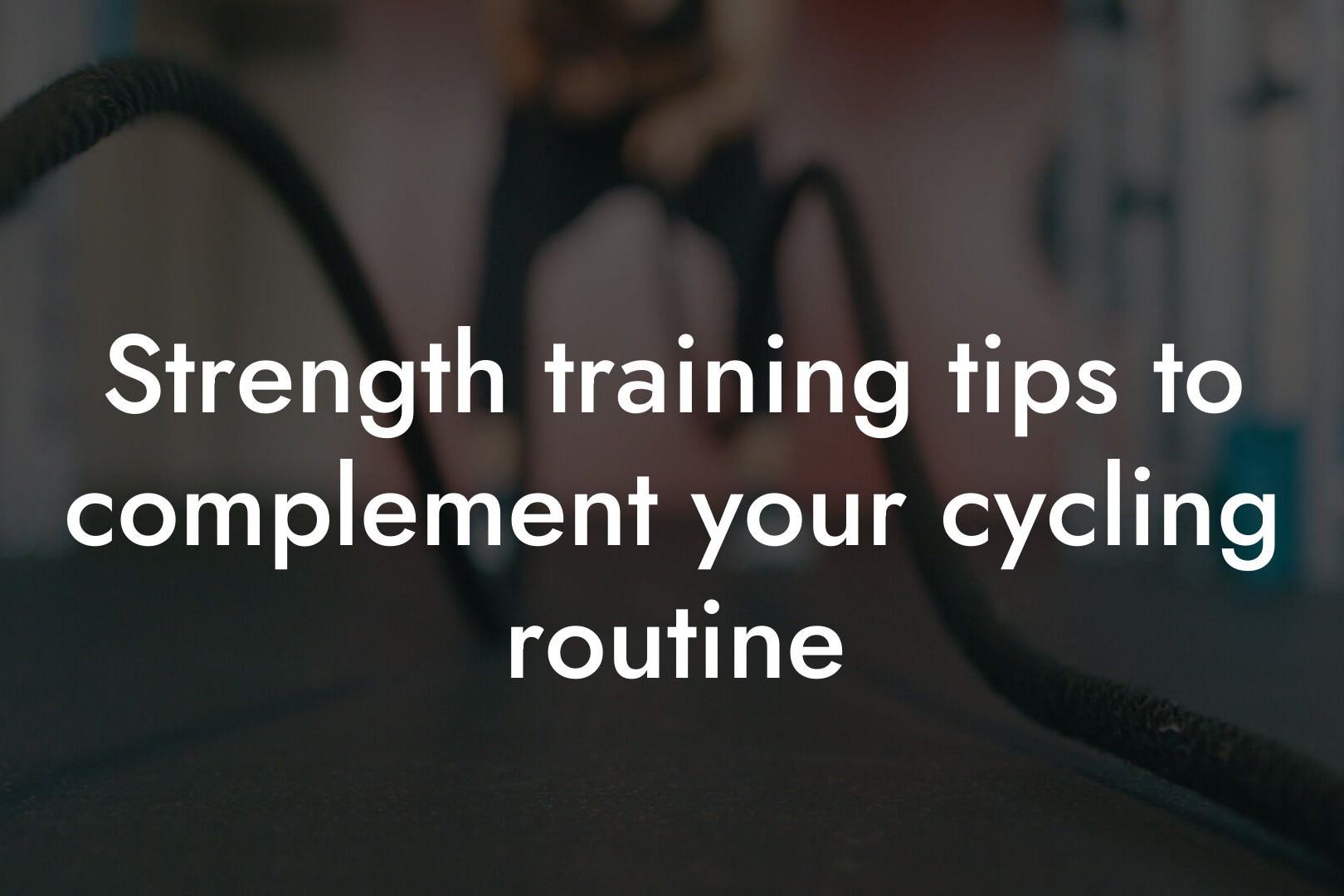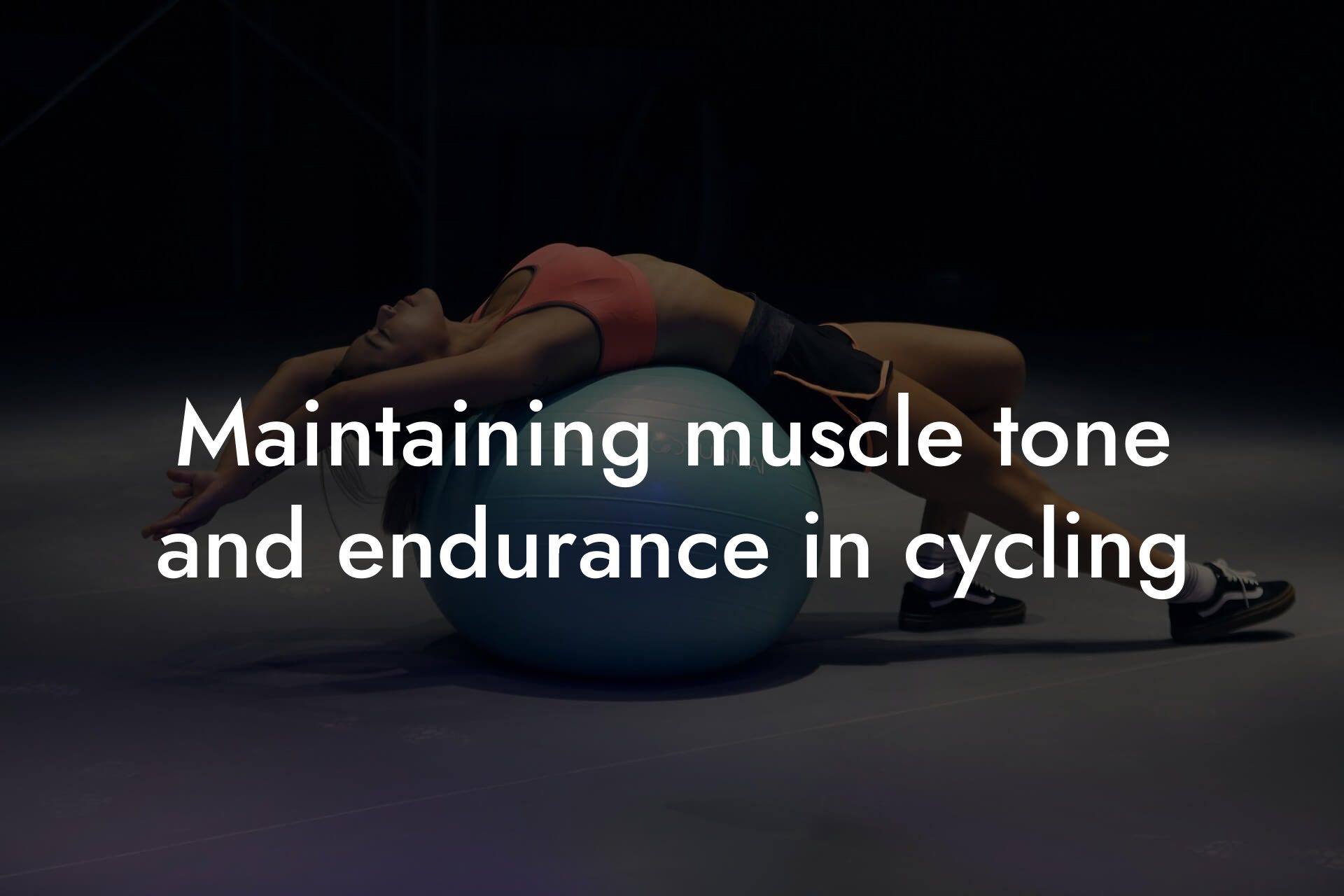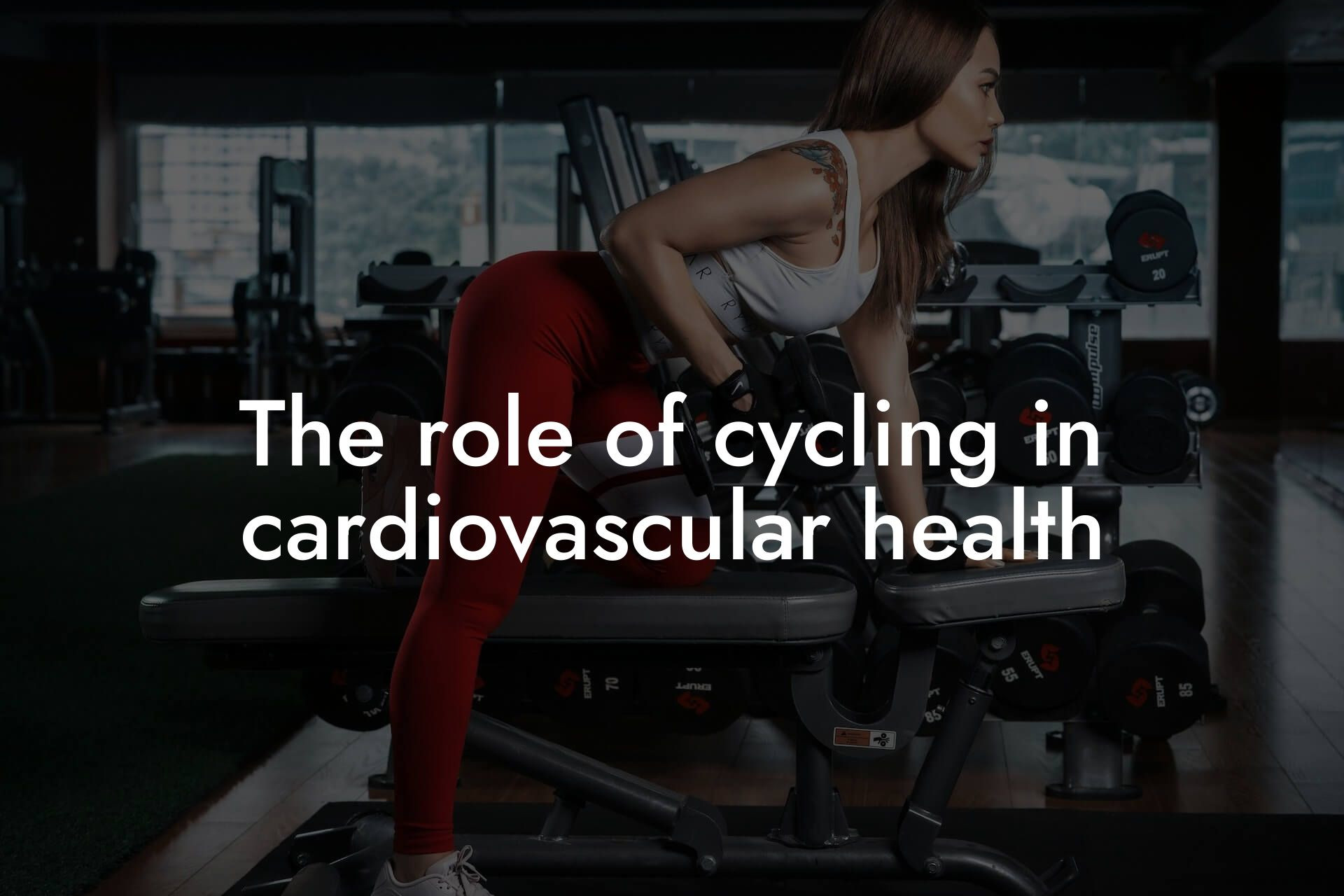As a high-earning professional, you understand the importance of maintaining a healthy physique to excel in your career. Cycling is an excellent way to stay fit, but have you ever wondered how bone density affects your performance on the bike? In this article, we'll delve into the world of bone density, its impact on cycling, and how our DEXA machine can help you optimize your body for peak performance.
Table of Contents
What is Bone Density?
Bone density refers to the measure of how dense and strong your bones are. It's calculated by measuring the amount of minerals, such as calcium and phosphorus, within your bones. Bone density is an essential aspect of overall health, as it determines your risk of osteoporosis, fractures, and osteopenia.
Why is Bone Density Important for Cyclists?
Cycling is a low-impact sport, which means it can be gentle on your joints compared to high-impact activities like running. However, cycling still requires a certain level of bone density to maintain optimal performance. Strong bones provide a solid foundation for your muscles to work efficiently, allowing you to generate more power and endurance on the bike.
Low bone density can lead to a range of issues for cyclists, including:
- Increased risk of fractures and osteoporosis
- Reduced power output and endurance
- Decreased overall performance
- Poor recovery from intense training sessions
Factors Affecting Bone Density in Cyclists
Several factors can influence bone density in cyclists, including:
- Age: Bone density naturally decreases with age
- Genetics: Family history and genetic predisposition can affect bone density
- Diet: Inadequate calcium and vitamin D intake can lead to poor bone density
- Training habits: Inconsistent or inadequate training can negatively impact bone density
- Hormonal imbalances: Hormonal changes, such as those experienced during menopause, can affect bone density
The Impact of Cycling on Bone Density
While cycling is a low-impact sport, it can still have both positive and negative effects on bone density.
Positive effects:
- Cycling can help improve bone density in the hips, spine, and legs
- Regular cycling can stimulate bone growth and remodeling
Negative effects:
- Prolonged periods of cycling can lead to disuse osteoporosis, particularly in the upper body
- Inadequate nutrition and hydration can exacerbate bone loss
How to Improve Bone Density for Cycling
To optimize bone density for cycling, focus on the following strategies:
- Include strength training exercises to target the upper body, core, and legs
- Incorporate high-impact activities, such as running or jumping, to stimulate bone growth
- Maintain a balanced diet rich in calcium, vitamin D, and protein
- Stay hydrated and limit caffeine intake
- Get enough sleep and prioritize recovery to allow your bones to repair and rebuild
DEXA Scanning for Cyclists
Our DEXA machine is a valuable tool for cyclists looking to optimize their bone density. A DEXA scan provides a comprehensive analysis of your body composition, including:
- Bone density measurements for the entire body, including the hips, spine, and legs
- Body fat percentage and distribution
- Lean muscle mass and distribution
With this information, you can:
- Identify areas for improvement and develop a targeted training plan
- Monitor the effectiveness of your training and nutrition strategies
- Make data-driven decisions to optimize your performance and reduce the risk of injury
Bone density plays a critical role in cycling performance, and understanding its importance can help you optimize your training and nutrition strategies. By incorporating strength training, high-impact activities, and a balanced diet, you can improve your bone density and take your cycling performance to the next level. Our DEXA machine is a valuable tool in this process, providing you with the insights you need to make data-driven decisions and achieve your goals.
At Tano Performance Group, we're dedicated to helping high-earning professionals like you achieve optimal physical performance. Contact us today to learn more about our DEXA scanning services and how we can help you unlock your full potential.
Frequently Asked Questions
What is bone density and why is it important for cyclists?
Bone density refers to the measure of how dense and strong your bones are. It's essential for cyclists because it directly affects their performance, risk of injury, and overall health. Cyclists with high bone density tend to have a lower risk of fractures and osteoporosis, allowing them to perform at their best without worrying about bone-related issues.
How does cycling affect bone density?
Cycling, as a low-impact activity, can have both positive and negative effects on bone density. On the positive side, cycling can help improve bone density in the hips, legs, and spine due to the repetitive loading and stress on these areas. However, cycling can also lead to a decrease in bone density in the upper body, particularly in the arms and shoulders, due to the lack of weight-bearing activities.
What are the risks of low bone density for cyclists?
Low bone density can lead to an increased risk of fractures, osteoporosis, and other bone-related injuries. For cyclists, this can be devastating, as it can result in extended periods of time off the bike, leading to decreased performance and overall health.
How can I improve my bone density as a cyclist?
There are several ways to improve bone density as a cyclist. These include incorporating weight-bearing exercises, such as running or strength training, into your routine, ensuring adequate calcium and vitamin D intake, and getting enough sleep. Additionally, cyclists can try to incorporate more high-impact activities, such as jumping or hopping, into their training to help stimulate bone growth.
What role does nutrition play in bone density for cyclists?
Nutrition plays a critical role in maintaining healthy bone density. Cyclists should focus on consuming a diet rich in calcium, vitamin D, and other essential nutrients that support bone health. Foods such as dairy products, leafy greens, and fortified cereals are excellent sources of these nutrients.
Can I improve my bone density through supplements?
While supplements can be helpful in supporting bone health, they should not be relied upon as the sole means of improving bone density. Cyclists should always consult with a healthcare professional before adding any supplements to their routine, as they can interact with other medications and have adverse effects.
How does age affect bone density in cyclists?
As we age, our bone density naturally decreases. This process can be accelerated in cyclists who do not incorporate bone-strengthening activities into their routine. It's essential for cyclists to prioritize bone health as they age to maintain their performance and overall health.
Can I improve my bone density if I'm already experiencing osteoporosis?
While it's more challenging to improve bone density if you're already experiencing osteoporosis, it's not impossible. Cyclists with osteoporosis should work closely with their healthcare provider to develop a personalized plan that includes a combination of medication, nutrition, and exercise to help improve their bone density.
How often should I get my bone density tested?
Cyclists should consider getting their bone density tested annually, particularly if they're over the age of 30 or have a history of bone-related injuries. Regular testing can help identify any potential issues early on, allowing for prompt intervention and prevention of further bone loss.
What are some exercises that can help improve bone density in cyclists?
Exercises that involve weight-bearing activities, such as squats, lunges, and deadlifts, can help improve bone density in cyclists. Additionally, high-impact activities like jumping, hopping, and running can also be beneficial. Cyclists should aim to incorporate these exercises into their routine 2-3 times per week.
Can I improve my bone density through yoga or Pilates?
While yoga and Pilates can be beneficial for overall health and flexibility, they are not as effective in improving bone density as weight-bearing exercises. However, they can still be a valuable addition to a cyclist's routine, helping to improve balance, flexibility, and overall strength.
How does cycling intensity affect bone density?
Cycling intensity can have both positive and negative effects on bone density. High-intensity cycling can help improve bone density in the legs and hips, while low-intensity cycling may not have a significant impact. However, high-intensity cycling can also lead to overtraining and increased risk of injury, which can negatively affect bone density.
Can I improve my bone density if I'm a vegetarian or vegan?
Yes, it's possible to improve bone density on a vegetarian or vegan diet. However, it's essential to ensure adequate intake of calcium, vitamin D, and other essential nutrients that support bone health. Vegetarian and vegan cyclists should consult with a registered dietitian or healthcare provider to develop a personalized nutrition plan.
How does bone density affect power output in cycling?
Bone density can have a significant impact on power output in cycling. Cyclists with high bone density tend to have a greater power output due to their ability to generate more force and speed. Conversely, cyclists with low bone density may experience decreased power output and performance.
Can I improve my bone density if I have a history of fractures?
Yes, it's possible to improve bone density even if you have a history of fractures. However, it's essential to work closely with a healthcare provider to develop a personalized plan that takes into account your specific needs and health status.
How does bone density affect cycling efficiency?
Bone density can affect cycling efficiency by influencing a cyclist's ability to maintain optimal pedaling technique and generate power. Cyclists with high bone density tend to have better cycling efficiency due to their ability to maintain a more efficient pedaling technique.
Can I improve my bone density through electrical muscle stimulation?
Electrical muscle stimulation (EMS) can be a valuable tool in improving bone density, particularly for cyclists who are unable to engage in weight-bearing exercises due to injury or other health conditions. However, EMS should be used in conjunction with other forms of exercise and nutrition to maximize its effectiveness.
How does bone density affect my risk of osteoporosis?
Bone density is a critical factor in determining a cyclist's risk of osteoporosis. Cyclists with low bone density are at a higher risk of developing osteoporosis, which can lead to fractures, decreased performance, and overall health issues.
Can I improve my bone density if I'm taking medications that affect bone health?
Yes, it's possible to improve bone density even if you're taking medications that affect bone health. However, it's essential to work closely with a healthcare provider to develop a personalized plan that takes into account your specific medications and health status.
How does bone density affect my overall health as a cyclist?
Bone density has a significant impact on a cyclist's overall health. Cyclists with high bone density tend to have a lower risk of fractures, osteoporosis, and other bone-related injuries, allowing them to maintain optimal health and performance.
Can I improve my bone density through lifestyle changes?
Yes, lifestyle changes can play a significant role in improving bone density. Cyclists can improve their bone density by making changes to their diet, exercise routine, and overall lifestyle. This may include quitting smoking, reducing alcohol consumption, and getting enough sleep.
How does bone density affect my risk of injury as a cyclist?
Bone density has a direct impact on a cyclist's risk of injury. Cyclists with low bone density are at a higher risk of fractures and other bone-related injuries, which can lead to extended periods of time off the bike and decreased performance.
Here are some related articles you might love...
- Strength training tips to complement your cycling routine
- Maintaining muscle tone and endurance in cycling
- The role of cycling in cardiovascular health
- How DEXA scans can benefit cycling enthusiasts
- Nutrition strategies for sustained energy during spin classes
- Balancing strength and endurance in spin classes
- How body composition affects cycling performance
- Recovery techniques for cyclists after intense sessions
Zak Faulkner
Zak Faulkner is a leading authority in the realm of physical health and body composition analysis, with over 15 years of experience helping professionals optimise their fitness and well-being. As one the experts behind Tano Performance Group, Zak has dedicated his career to providing in-depth, science-backed insights that empower clients to elevate their physical performance and overall health.
With extensive knowledge of DEXA technology, Zak specializes in delivering comprehensive body assessments that offer precise data on body fat, muscle mass, bone density, and overall physique. His expertise enables individuals to make informed decisions and achieve their fitness goals with accuracy and confidence. Zak’s approach is rooted in a deep understanding of human physiology, combined with a passion for helping clients unlock their full potential through personalised strategies.
Over the years, Zak has earned a reputation for his commitment to excellence, precision, and client-focused service. His guidance is trusted by top professionals who demand the best when it comes to their health. Whether advising on fitness programs, nutritional strategies, or long-term wellness plans, Zak Faulkner’s insights are a valuable resource for anyone serious about taking their health and fitness to the next level.
At Tano Performance Group, Zak continues to lead our Content Team revolutionising how professionals approach their physical health, offering unparalleled expertise that drives real results.




